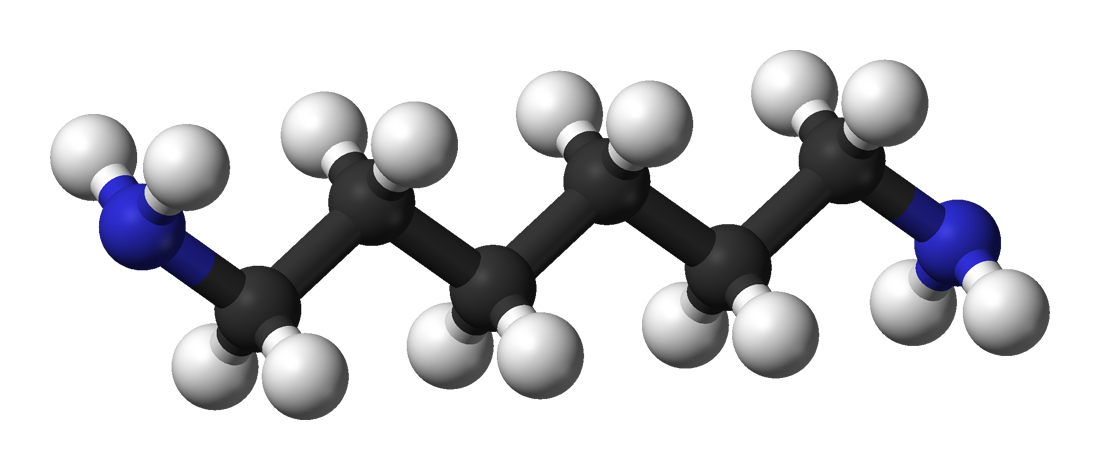Methylene group on:
[Wikipedia]
[Google]
[Amazon]
 In
In
 The central carbon in 1,3-dicarbonyl compound is known as an activated methylene group. This is because, owing to the structure, the carbon is especially acidic and can easily be deprotonated to form a methylene group.
The central carbon in 1,3-dicarbonyl compound is known as an activated methylene group. This is because, owing to the structure, the carbon is especially acidic and can easily be deprotonated to form a methylene group.
 In
In organic chemistry
Organic chemistry is a subdiscipline within chemistry involving the scientific study of the structure, properties, and reactions of organic compounds and organic materials, i.e., matter in its various forms that contain carbon atoms.Clayden, ...
, a methylene group is any part of a molecule that consists of two hydrogen
Hydrogen is the chemical element with the symbol H and atomic number 1. Hydrogen is the lightest element. At standard conditions hydrogen is a gas of diatomic molecules having the formula . It is colorless, odorless, tasteless, non-toxic ...
atoms bound
Bound or bounds may refer to:
Mathematics
* Bound variable
* Upper and lower bounds, observed limits of mathematical functions
Physics
* Bound state, a particle that has a tendency to remain localized in one or more regions of space
Geography
*B ...
to a carbon
Carbon () is a chemical element with the symbol C and atomic number 6. It is nonmetallic and tetravalent—its atom making four electrons available to form covalent chemical bonds. It belongs to group 14 of the periodic table. Carbon mak ...
atom, which is connected to the remainder of the molecule by two single bonds. The group may be represented as , where the '<' denotes the two bonds. This can equally well be represented as .
This stands in contrast to a situation where the carbon atom is bound to the rest of the molecule by a double bond, which is preferably called a methylidene group
In organic chemistry, a methylidene group is any part of a molecule that consists of two hydrogen atoms bound to a carbon atom, which is connected to the remainder of the molecule by a double bond. The group may be represented as , where the '=' ...
, represented . Formerly the methylene name was used for both isomers. The name “methylene bridge
In organic chemistry, a methylene bridge, methylene spacer, or methanediyl group is any part of a molecule with formula ; namely, a carbon atom bound to two hydrogen atoms and connected by single bonds to two other distinct atoms in the rest of t ...
“ can be used for the single-bonded isomer, to emphatically exclude methylidene. The distinction is often important, because the double bond is chemically different from two single bonds.
The methylene group should be distinguished from the molecule called carbene
In organic chemistry, a carbene is a molecule containing a neutral carbon atom with a valence of two and two unshared valence electrons. The general formula is or where the R represents substituents or hydrogen atoms.
The term "carbene" ma ...
. This was also formerly called methylene.
Activated methylene
See also
*Methylidene group
In organic chemistry, a methylidene group is any part of a molecule that consists of two hydrogen atoms bound to a carbon atom, which is connected to the remainder of the molecule by a double bond. The group may be represented as , where the '=' ...
* Carbene
In organic chemistry, a carbene is a molecule containing a neutral carbon atom with a valence of two and two unshared valence electrons. The general formula is or where the R represents substituents or hydrogen atoms.
The term "carbene" ma ...
* Methylene (compound)
Methylene (systematically named methylidene and dihydridocarbon; also called carbene) is an organic compound with the chemical formula (also written ). It is a colourless gas that fluoresces in the mid-infrared range, and only persists in dilut ...
* Methyl group
In organic chemistry, a methyl group is an alkyl derived from methane, containing one carbon atom bonded to three hydrogen atoms, having chemical formula . In formulas, the group is often abbreviated as Me. This hydrocarbon group occurs in ma ...
* Methine
In organic chemistry, a methine group or methine bridge is a trivalent functional group , derived formally from methane. It consists of a carbon atom bound by two single bonds and one double bond, where one of the single bonds is to a hydrogen. ...
References
Alkanediyl groups Functional groups {{organic-chem-stub